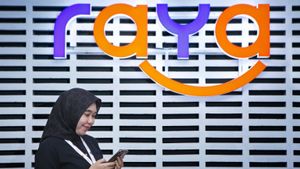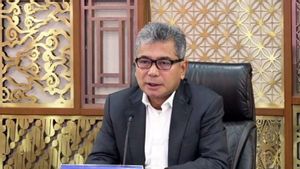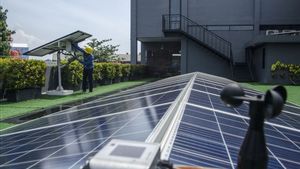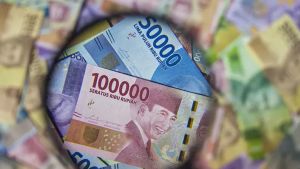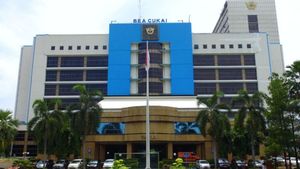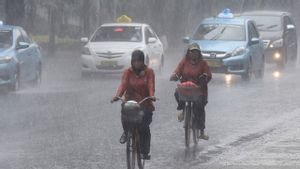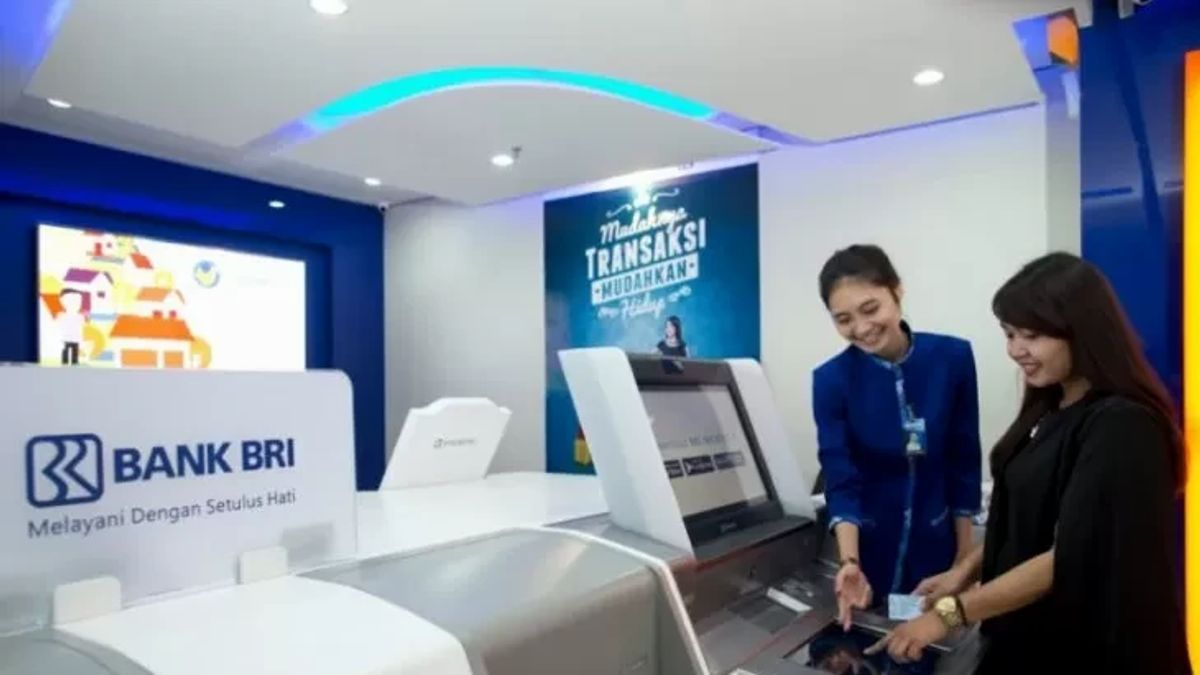
JAKARTA - PT Bank Rakyat Indonesia (Persero) Tbk (BBRI) managed to maintain credit quality, especially after COVID-19.
BRI Risk Management Director Agus Sudiarto reported, until the third quarter of 2023 for bank only performance, the company managed to reduce LAR to 13.87 percent compared to last year's September which was 19.28 percent.
"Therefore, we are optimistic that next year the Loan at Risk (LAR) BRI will return to its normal position as before the pandemic. In the range of 9 percent to 10 percent," he said in a statement to the media, Tuesday, November 7.
It is known, the company's LAR in 2018 was only 9.17 percent. In the following year, it was not much different, namely 9.78 percent. After Indonesia was hit by the pandemic, namely in 2020 LAR BRI jumped to 28.26 percent. In 2021 the percentage decreased to 24.11 percent. Meanwhile, over the past year it fell to a dozen percent, namely 17.11 percent.
The improvement in LAR was also followed by maintained NPL quality, where until the end of September 2023, BRI's NPL was recorded at 3.07 percent, 2bps lower than the same period last year.
The decline in NPL, said Agus, was due to BRI being making efforts to clean up its credit portfolio, especially restructuring loans affected by Covid as part of the soft-landing strategy implemented since last year.
Of course, this effort requires sufficient credit risk reserves, where BRI has formed large CKPN costs to survive the pandemic period until 2022, by increasing the Loan Loss Reserves (LLR) ratio from 4.4 percent in 2019 to 8.21 percent in 2022.
Agus added that with front loading that had been carried out from 2020 to 2022, efforts to maintain credit quality had an impact on BRI's cost of credit which continued to improve. Meanwhile, BRI's Cost of Credit (CoC) until the third quarter of 2023 was at the level of 2.44 percent or improved when compared to the same period the previous year which reached 3.02 percent.
On the other hand, as part of the soft landing strategy, BRI also continues to provide adequate reserves. Where until September 2023, BRI's LAR Coverage reached 50.92 percent, and will remain above 50 percent.
However, due to clean efforts, the portfolio was carried out, among others, by removing the NPL loan book, BRI's NPL Coverage fell to the level of 228.65 percent. However, this ratio is still higher than the pre-pandemic level of 185.9 percent in 2018 and 154.63 percent in 2019.
관련 항목:
On the other hand, continued Agus, the decline in NPL coverage is BRI's strategy to delete books on MSME loans, especially in the micro and small segments, which are affected by COVID-19 and are not carried out further restructuring.
Thus, BRI's strategy in dealing with current conditions is in line with the relaxation policy of the OJK which will end in March 2024. This is because, he continued, the impact of the Covid-19 pandemic on restructured loans is not necessarily 100 percent successful. With LLR in the range of 7.0 percent or far above the ratio of years before the pandemic, which was 3.0 percent to 4.5 percent. In fact, especially LLR at the Covid restructuring credit portfolio reached the level of 34.7 percent. So BRI's credit loss reserves are still considered sufficient to cover potential worsening in 2024.
"With the LAR Coverage position above 50 percent and NPL Coverage above 200 percent, BRI reserves are still sufficient to anticipate the risk of worsening in 2024," concluded Agus.
The English, Chinese, Japanese, Arabic, and French versions are automatically generated by the AI. So there may still be inaccuracies in translating, please always see Indonesian as our main language. (system supported by DigitalSiber.id)


